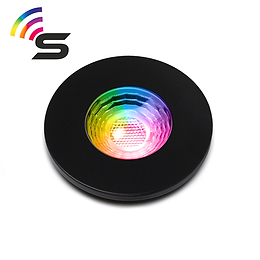How to Light a Kid's Room
How to Light a Kid's Room
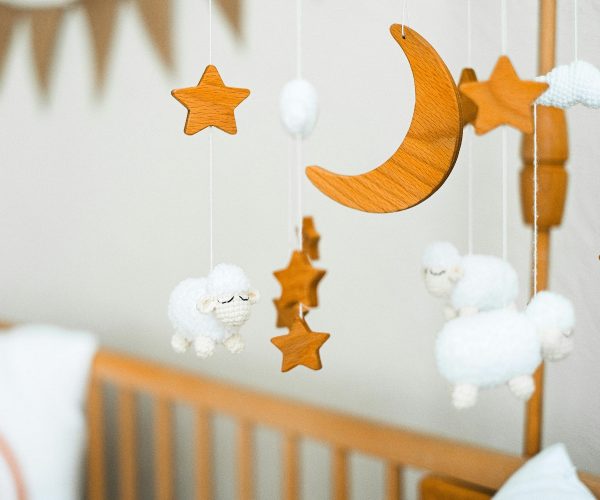
Lighting a kid’s room is more than just screwing in a bulb and calling it a day. It's about creating an environment that’s safe, functional, comforting, and fun, a space where they can play as well as rest. Whether you’re designing for baby, toddler, or child, lighting plays a big role in how the room feels and functions. Let’s break down the essentials of lighting a kid’s room and how to get it just right.
Start with Layers of Light
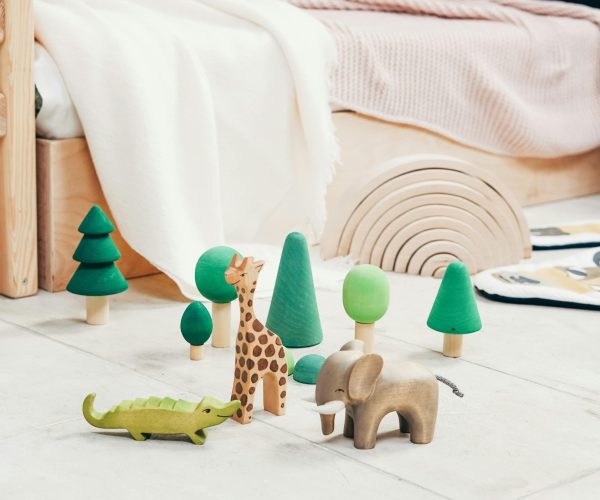
We talk about light layering a lot, and it’s just as important in a kid’s room as any other. Just like in any other room, layered lighting creates flexibility and balance. Try to aim for a mix of the three most important types of lighting to create a comfortable and functional space for your child.
Ambient Lighting (aka general lighting) - This is your main source of light, usually a ceiling fixture or recessed lighting. It should be bright enough to light the entire room evenly, especially during playtime or clean up. Consider a flush mount ceiling light or a fun statement pendant that doubles as decor.
Task Lighting - Perfect for older kids who read, draw, or do homework. Add a desk lamp to light a drawing space. Clip-on bed light for reading are a great option, or even an adjustable wall sconce by the bed for bedtime stories.
Accent Lighting - Add a touch of magic with night lights, string lights, or LED strips under shelves or around the bed. These add warmth and personality and help with night-time comfort.
Choose Kid-Friendly Fixtures
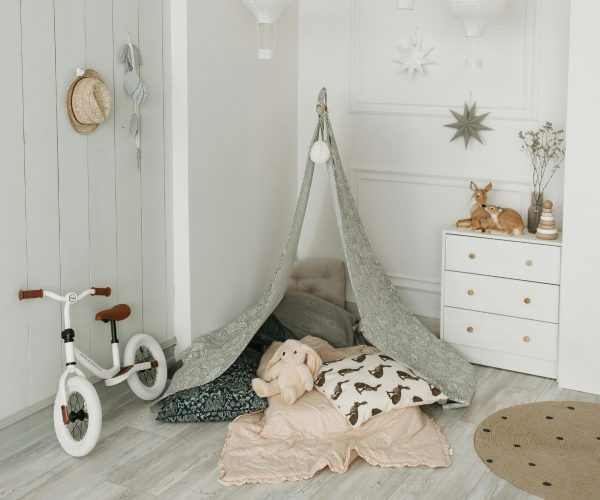
Lighting in a child’s room should be safe and practical while still sparking creativity. Choose enclosed light fittings to protect bulbs from accidental hits (think: flying toys). Try to avoid floor lamps in rooms with very young children, they’re easy to pull over. Look for playful designs such as animal-shaped lamps, themed light shades that match the room’s design, or something that taps into your child’s interests. Use dimmable fixtures or bulbs to adjust brightness based on the time of day, whether it’s time for play or for sleep.
Night-time Lighting
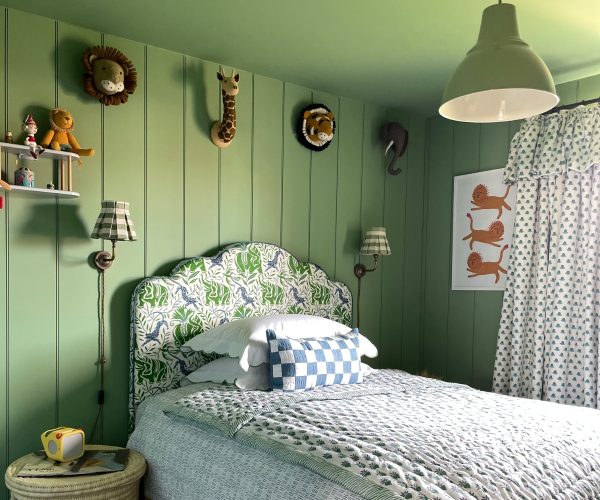
Night lights are a lifesaver for both kids and parents. They help ease bedtime fears and make night-time bathroom trips safer.
• Use soft, warm light (not harsh blue or white) to create a calming vibe. (see our blog about colour temperature here…)
• Try motion-sensor night lights in hallways or bathrooms for late-night wandering.
• Look for plug-in or rechargeable night lights that don’t overheat or require constant battery changes.
Encourage Imagination with Creative Lighting
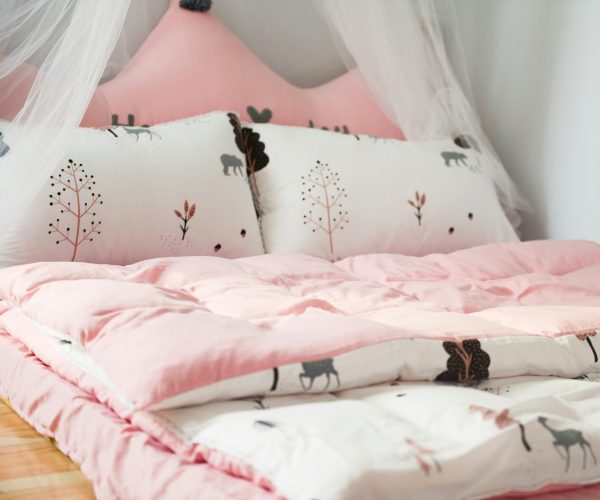
Lighting can do more than brighten a room, it can fuel your child’s imagination.
• Add string lights in fun shapes like clouds, stars, or animals.
• Use a star projector or galaxy lamp to turn the ceiling into a dreamscape.
• Let your child pick out their own lamp, it gives them a say in their space and adds a personal touch.
• Colour-changing bulbs or smart bulbs can create a fun, interactive way to set moods, celebrate holidays, or signal when it’s time to wind down.
Safety First, Always
Kids are notoriously curious and tend to get into places we would rather they didn’t. Your lighting setup needs to be safe and kid-proof.
• Use LED bulbs, they’re energy-efficient and stay cool to the touch.
• Secure cords out of reach and use cord organisers to prevent tripping hazards.
• Avoid breakable materials like glass in lamp bases or shades.
• Make sure any smart lighting or timers are child-safe and easy for parents to control.
The right lighting does more than just brighten a space, it helps kids feel comfortable in their own space. By layering different light sources for calming nights and playful days, choosing fun fixtures, and incorporating safe lighting habits, you can create a space that supports every part of your child’s day.
[related_products is_auto_added="1"]


